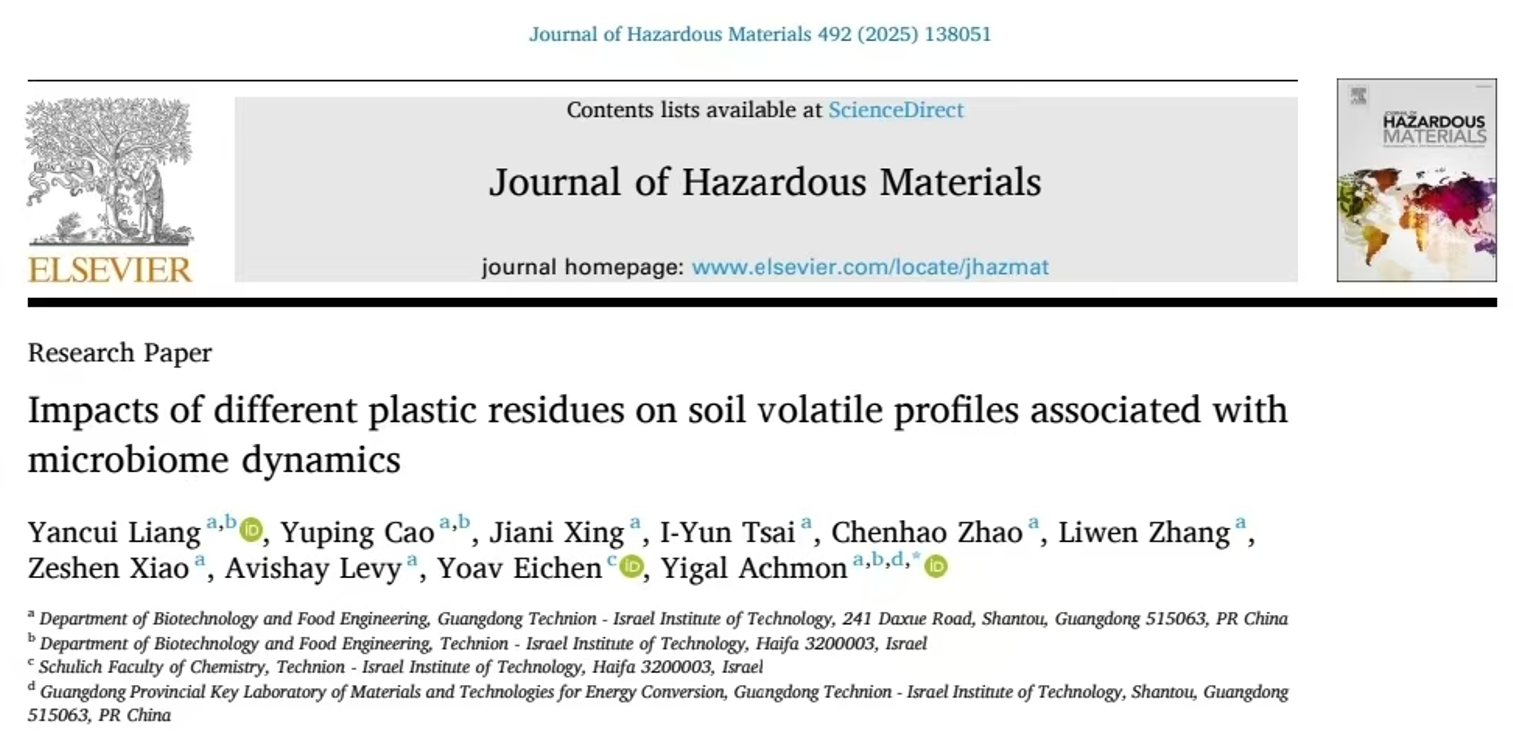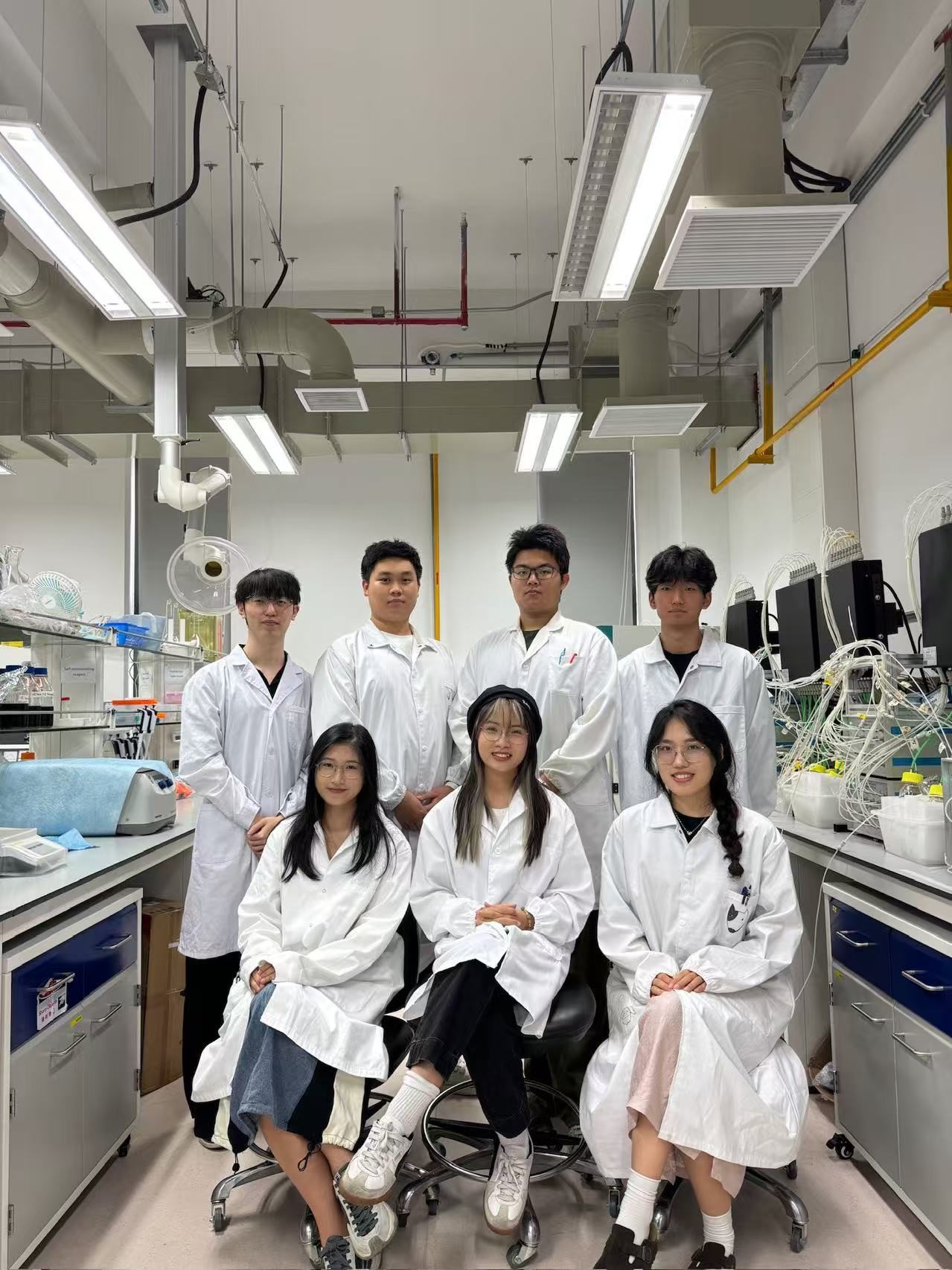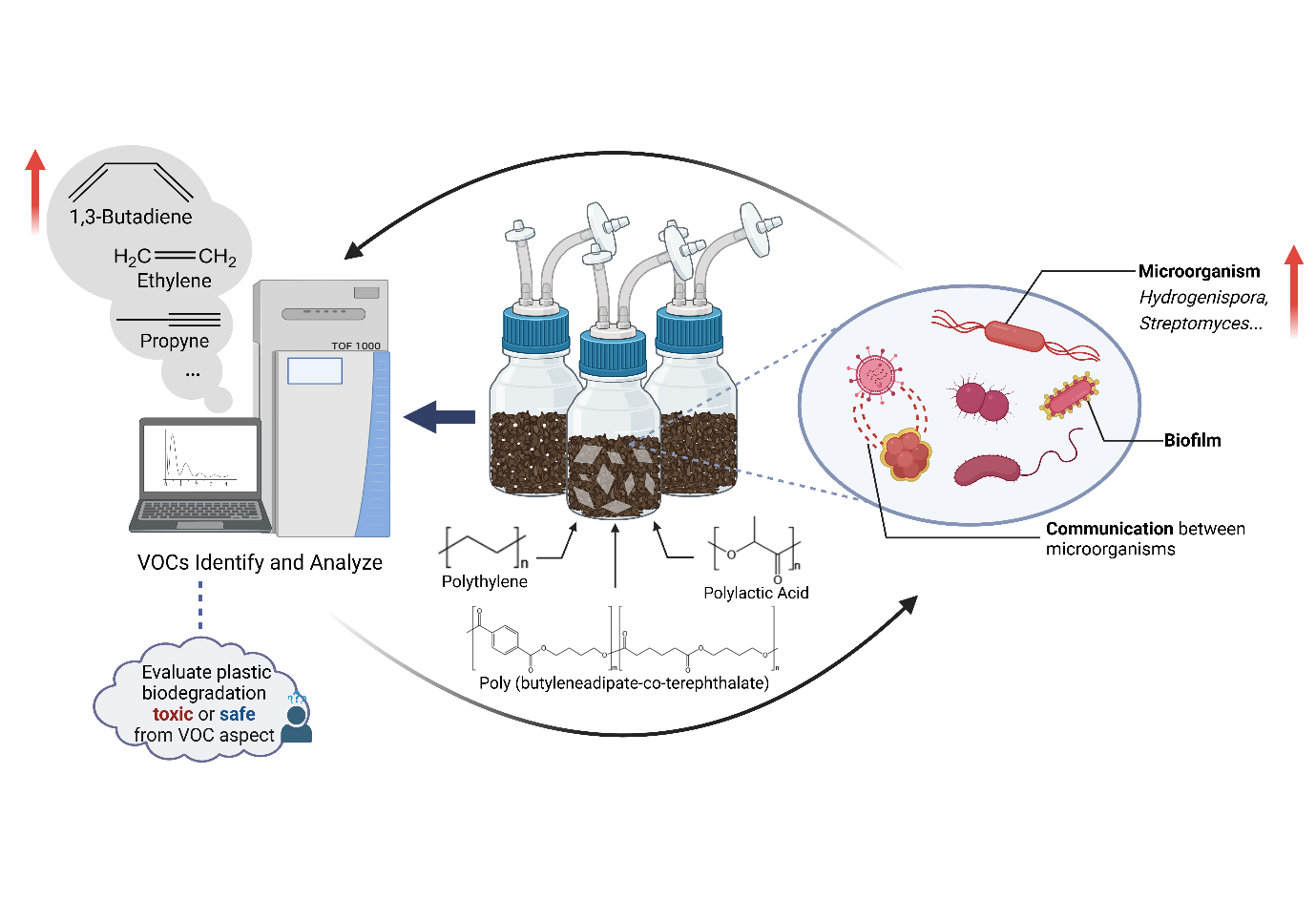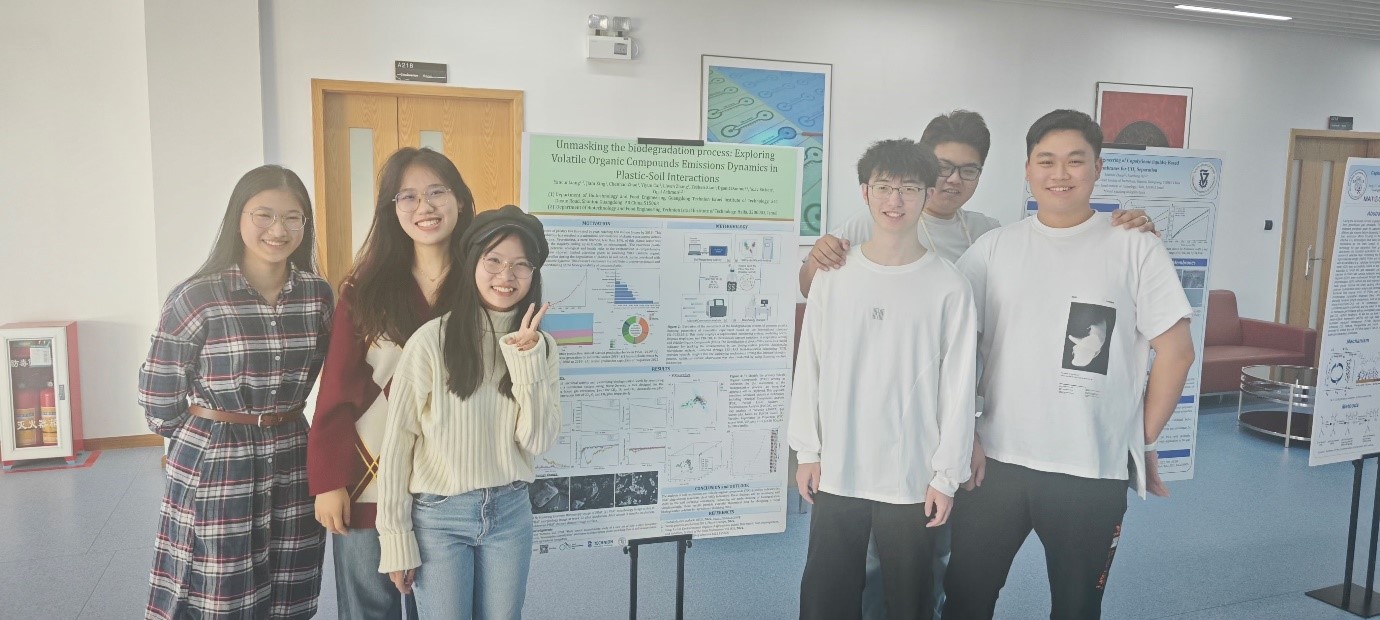PostTime:6/10/2025
Plastic pollution is one of the most pressing environmental challenges in the world today. While biodegradable plastics are often regarded as a potential solution, they may conceal unexpected risks. Recently, a research team from Guangdong Technion - Israel Institute of Technology (GTIIT) published related findings in the top-tier environmental science journal Journal of Hazardous Materials (Impact Factor: 12.2). This study investigates how different biodegradable and conventional plastics—polyethylene (PE), polylactic acid (PLA), and poly (butylene-adipate-co-terephthalate) (PBAT)—affect soil environments over a 12-week aerobic incubation.

This young research team, led by Assoc. Prof. Yigal Achmon from GTIIT Biotechnology and Food Engineering (BFE) program, comprised members from different academic years and disciplines, including Ph.D. student Liang Yancui, five undergraduates: Zhao Chenhao (Cohort 2020) and Xiao Zeshen (Cohort 2021) from Chemical Engineering (CE) program, as well as Xing Jiani (Cohort 2020), Cai Yiyun and Zhang Liwen (Cohort 2022) from BFE program and Dr. Cao Yuping. Assoc. Prof. Yoav Eichen from Chemistry Department of Technion - Israel Institute of Technology, and Lecturer Avishay Levy from GTIIT Chemistry Department are the supervisors of the research. The team's multidisciplinary background played a crucial role in advancing the project.

Assoc. Prof. Yigal Achmon with the team
This year-long interdisciplinary study stemmed from the team's keen insight into a critical gap in environmental science research. Liang Yancui explained, "There is a significant lack of research on the role of volatile organic compounds (VOCs) in the soil degradation process of plastics. By integrating chemical and microbiological data, we aimed to gain a more comprehensive understanding of plastic degradation mechanisms in soil."

By combining VOC profiling with soil physicochemical and microbial community analysis, the research reveals that PBAT degradation leads to the release of specific hazardous VOCs, including 1,3-butadiene, and induces distinct microbial responses. Unique correlations between VOC emissions and specific microbial taxa suggest that biodegradation processes may involve microbial interactions such as biofilm formation and quorum sensing. These findings highlight the potential of integrating VOC and microbiome data to better understand the biodegradation dynamics of different plastic types in soil. Despite only minimal changes in soil pH and electrical conductivity, PBAT notably increased dissolved organic carbon levels, further indicating active microbial metabolism during degradation.
This study is the first to reveal the connection between microbial dynamics and volatile organic compound (VOC) emissions during plastic degradation in soil. It advances our understanding of how biodegradable plastics interact with soil microbiota and release VOCs during degradation. It provides a new framework for linking VOC signatures with microbial processes, offering valuable insights for environmental risk assessment and the design of safer, more sustainable plastic materials.

"Participating in this project allowed me to experience both the challenges and rewards of scientific research, and it reinforced my understanding of teamwork," said Xing Jiani. The complementary expertise of team members from different academic backgrounds enabled systematic and thorough progress in the study. They unanimously agreed that the lab training and courses at GTIIT provided them with a solid foundation, allowing them to tackle the project with greater confidence and efficiency. Zhao Chenhao discovered a growing passion for organic chemistry during the research and improved his time-management skills to enhance productivity. Zhang Liwen, who joined the team in his freshman year, shared, "Learning new techniques has always been my greatest interest—the more I master, the more options I have in following research."

Journal of Hazardous Materials is an international journal spanning environmental science, materials science, and chemistry, with a 2024 impact factor of 12.2. It is ranked in the JCR Q1 category and classified as a TOP journal in the Chinese Academy of Sciences' "Environmental Science & Ecology" discipline. The journal focuses on hazardous materials research, including their potential threats to both the environment and human health. It publishes original studies on the characterization, management, monitoring, removal technologies, and remediation strategies of hazardous substances.
Link: https://www.sciencedirect.com/science/article/abs/pii/S0304389425009665
Text/Photos: Yigal Achmon's team, GTIIT News & Public Affairs
© GUANGDONG TECHNION-ISRAEL INSTITUTE OF TECHNOLOGY | 粤ICP备17036470号
